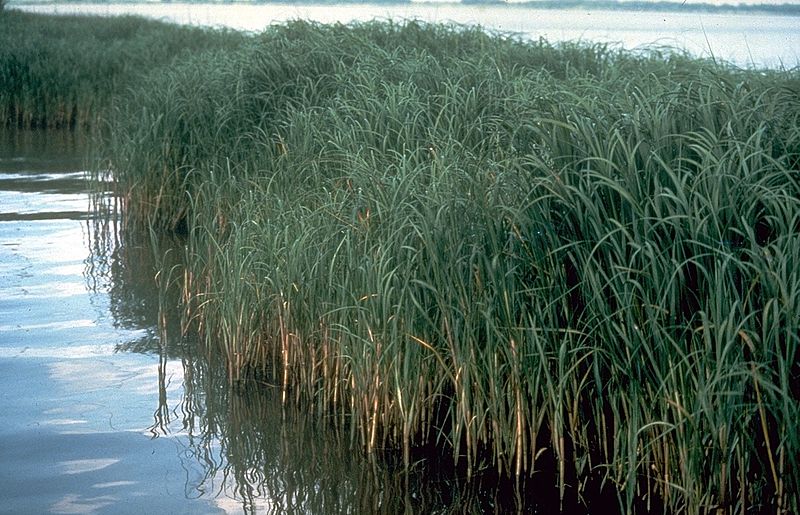Although the CWA provides states the option of assuming administration of the federal §404 permit program, only two states in the nation have done so: Michigan and New Jersey. (ELI, 2006). On the Gulf Coast only Florida has elected to enact a regulatory program more expansive than the federal wetlands program, although their program does not supplant the federal CWA. The other Gulf Coast states do play a role in the CWA §404 process, but their role is generally limited to §401 water quality certifications, CZMA consistency reviews, or serving as the point of contact for the federal program.
In 2015, the Association of State Wetland Managers released their Status and Trends Report on State Wetland Programs in the United States. State wetland programs generally mirror the federal program in geographic extent. State authority, therefore, is limited to existing wetlands, and not inundatable coastal lands that would become wetlands under SLR. Twenty-six states (including Mississippi, Alabama, and Florida, but not Texas and Louisiana) have EPA-approved Wetland Program Plans, with ten additional states developing these plans. This report also found that 23 states (including Florida) have a wetland permitting program, and seven additional states (including Texas, Louisiana, Mississippi, and Alabama) have a coastal permitting program associated with their Section 404 Program. Only two states, Michigan and New Jersey, have taken over the CWA Section 404 Program, though 17 states (including Louisiana and Florida, but not Texas, Mississippi or Alabama) have reviewed the issue and allowed the USACE/EPA to maintain primary regulatory authority over Section 404 permits.
On the Gulf, only Florida has increased the authority of state agencies to take activities on uplands into account. A review of pertinent Florida law is valuable because does have important implications for adapting to climate change. Click here to learn more.
In each of the states there are also a host of non-governmental organizations and institutions that have an influence on wetland enforcement and preservation. Land trust organizations in particular are active in preserving wetlands. To our knowledge, no land trusts are currently focusing on preserving near-shore inundatable lands as a buffer for sea level rise impacts. Most of these NGO’s are focused on areas where significant loss is occurring right now, and few have the luxury to think decades ahead.




